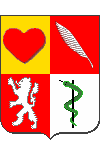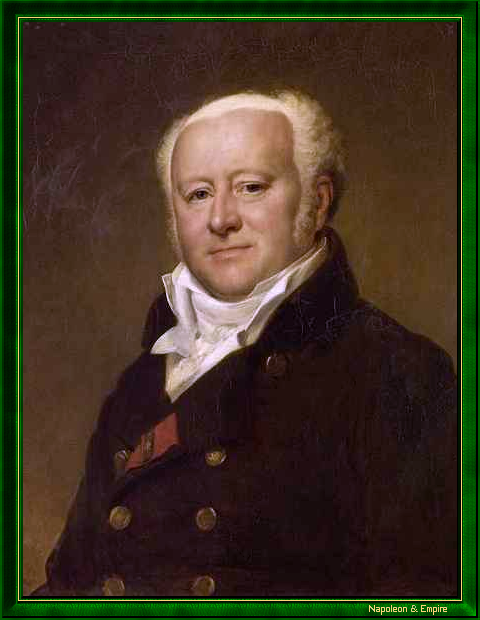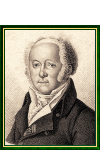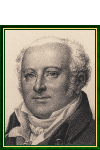Jean-Nicolas Corvisart des Marets
First physician to the Emperor, Commander of the Légion d'Honneur, Baron of the Empire
Pronunciation:

Napoleon's future personal physician was born on February 15, 1755, in Dricourt, Argonne [today's Ardennes department].
His father, a prosecutor at the Paris parliament, intended him to take up the bar, and cut him off when he deserted his father's practice and began medical studies at the Hôtel-Dieu hospital.
In 1782, he defended his thesis and, while caring for the poor in the parish of Saint-Sulpice, began practicing at the Hôpital de la Charité. He was soon appointed Professor of Pathology, then Physiology.
When the École de Médecine was founded in 1795, he was given the chair of internal medicine. In 1796, he was appointed Professor of Practical Medicine at the Collège de France, then Professor of Medicine in 1797.
At the Hôpital de la Charité, he stressed to his students (including the young René-Théophile-Hyacinthe Laënnec and Jean-Étienne Esquirol) the importance of clinical examination of the patient, such as cardiac auscultation.
During the Consulate, he won the confidence of Napoleon and Josephine, becoming their personal physician. A few years later, the Emperor famously declared: I don't believe in medicine, but I believe in Corvisart
.
First physician to His Imperial Majesty, Corvisart attended the Emperor's rising and bedtime two days a week, on Wednesdays and Saturdays. He accompanied his imperial patient, whose ailments he alleviated through strict dietary hygiene, to Italy in 1805 and Austria in 1809.
Fittingly, the practitioner was showered with honors: knight then officer of the Légion d'Honneur from 1804, baron de l'Empire in 1808, commander of the Ordre de la Réunion in 1812. His peers were not the last to recognize his worth: he was elected to the Académie des Sciences in 1811 and to the Académie de Médecine in 1820. His fame spread beyond the borders of the Empire: almost all the learned societies of Europe welcomed him as a member.
Although a friend of Joséphine's, he won Marie-Louise's confidence as soon as she arrived in France; he followed her pregnancy and helped her give birth to the King of Rome on March 20, 1811; he accompanied her to Vienna in 1814 after the abdication, then returned to France.
Once again "Premier médecin de Leurs Majestés impériales" during the Hundred Days, he retired after the battle of Waterloo. He was one of the last to greet Napoleon before his departure for Rochefort.
A year after the Emperor's exile, he suffered a stroke that left him hemiplegic.
And it was less than five months after his most illustrious patient that Corvisart died, in Courbevoie, on September 18, 1821. He was buried in the Athis-Mons cemetery in the Essonne region of France.
"Jean-Nicolas Corvisart des Marets" by François Pascal Simon Gérard (Rome 1770 - Paris 1837).

In 1964, the French Postal Service released a 0.20 Franc stamp bearing the effigy of Jean-Nicolas Corvisart des Marets... or so they thought, since it's his nephew Louis who is depicted on the stamp!
A Paris street and metro station bear his name.
Address
35, Rue Saint-Dominique. Paris 7th arrondissement
It was in 1810, having made his fortune, that Corvisart acquired the Hôtel de Broglie.Other portraits

"Jean-Nicolas Corvisart des Marets", nineteenth century etching.

"Jean-Nicolas Corvisart des Marets", nineteenth century etching.